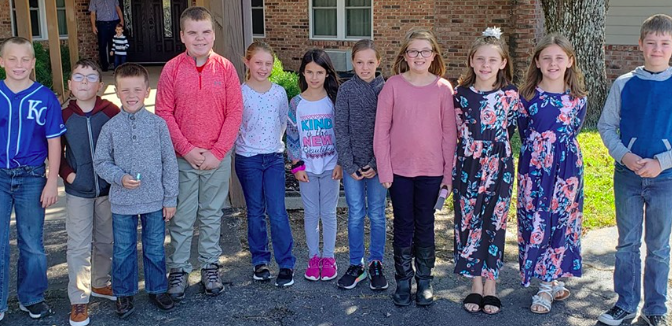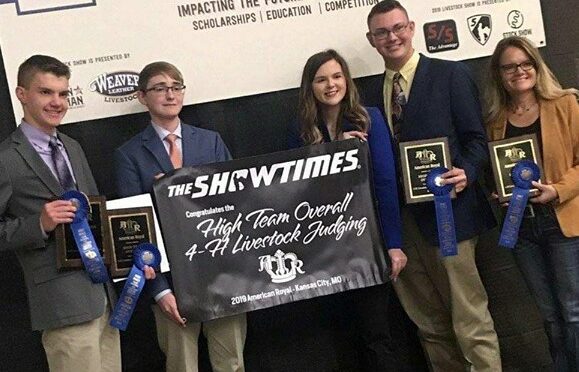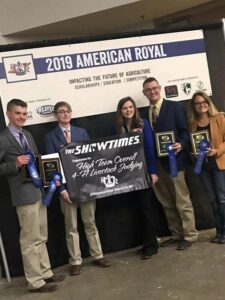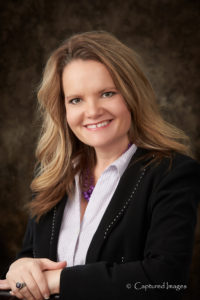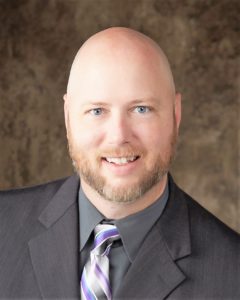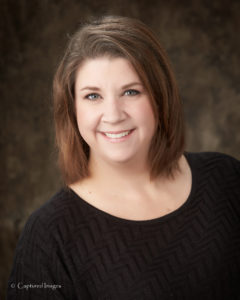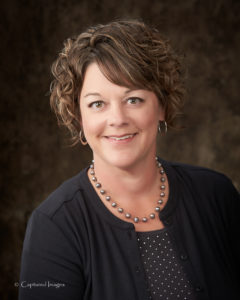
District Extension Agent, Horticulture
Southwind Extension District
111 S. Butler
Erie, KS 66733
Office: 620-244-3826
Cell: 620-496-8786
It is that time of year again – time to rake leaves and clean-up the landscape. Leaves have been rapidly falling from deciduous trees the past few days. The manual labor that comes with raking, bagging or burning leaves is good exercise and great way to get out of the house to enjoy the fall weather, but it isn’t the only choice you have.
Although a scattering of leaves won’t harm the lawn, the excessive cover prevents sunlight from reaching turfgrass plants. Turf left in this state for an extended period will be unable to make carbohydrates needed to carry it through the winter.
There are options for dealing with the fallen leaves other than bagging them up. Composting is a great way to handle the refuse. Vegetable gardens and flower beds thrive with the use of compost. The process is relatively simple. To begin, use a lawnmower with bagging attachment to collect leaves. Directly apply a 2-3 inch layer of leaves onto garden and till it in the ground. Repeat this process every couple of weeks until you run out of leaves or soil becomes too wet.
If you do not compost, you can mow leaves with a mulching mower and let shredded leaves filter into the turf canopy. This method will be most effective if you do it often enough that leaf litter doesn’t become too thick.
You may be wondering if this practice will be detrimental to the lawn in the long run. The answer is no. Research at Michigan State University in which they used a mulching mower to shred up to about one pound of leaves per square yard of lawn for five consecutive years, found no long-term effects of the shredded leaves on turf quality, thatch thickness, or soil test results.
Fall is also the recommended time to clean up the flower beds in the landscape by clear-cutting dead stems to help control insect and disease problems. However, with herbaceous perennials that have been pest free, you might want to consider leaving some to provide structure, form, and color to the winter landscape. For example, ornamental grasses can be attractive even during winter months. But those nearby structures should be cut to the ground because they can be a fire hazard. Perennials with evergreen or semi-evergreen foliage can provide color. Of course, some perennials are naturally messy after dormancy and should be cut back in the fall.
Irises are known for a couple of common problems: iris leaf spot and iris borer. Though both cause problems in the spring, now would be the time to start control measures. Dead and infected iris leaves and other garden debris should be removed from the iris bed this fall. By doing this it will significantly reduce iris problems next spring.
Garden chrysanthemums can be cut the plants back to 2 to 3 inches high. Some gardeners prefer to leave the top growth so that it provides some protection from fluctuating soil temperatures during the winter months. If you choose to cut the tops off, apply a layer of mulch over the top of the mums after the ground has frozen. Mums should not completely dry out during the winter. It may be necessary to water occasionally if sufficient rain or snow has not fallen.
Krista Harding is a K-State Research and Extension Agricultural agent assigned to Southwind District. She may be reached at [email protected] or 620-244-3826.
K-State Research and Extension is an equal opportunity provider and employer.

